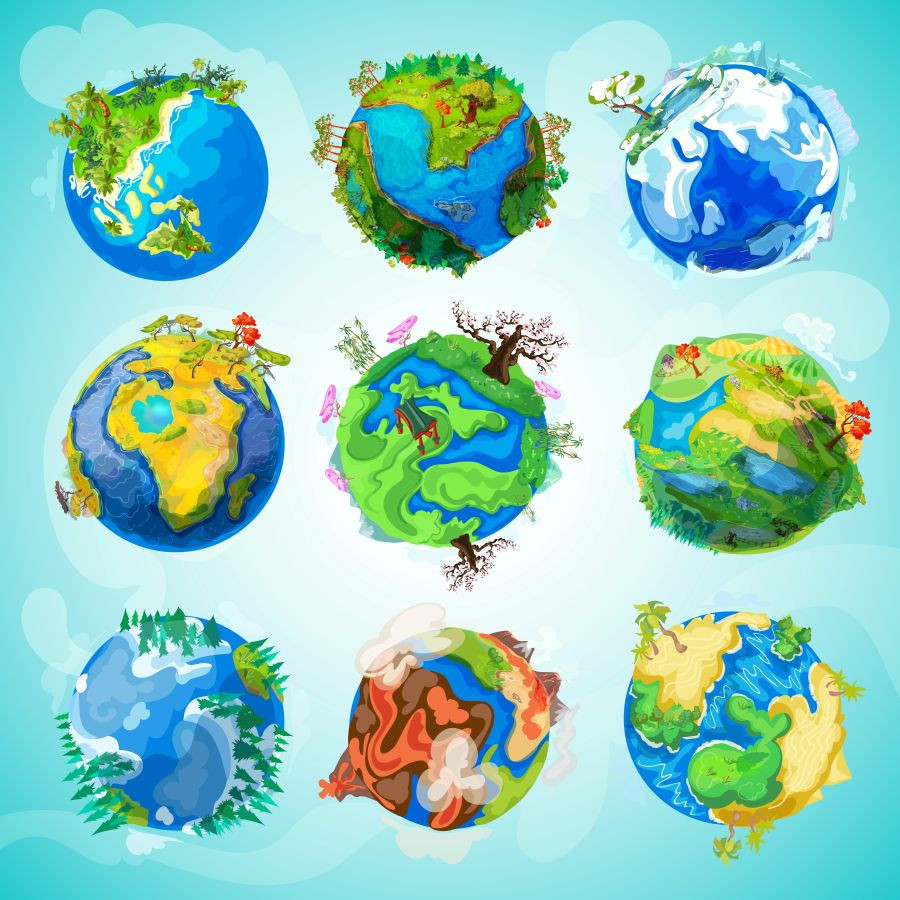Scientists Have Found the Secret Rule That All Life on Earth Must Follow

Have you ever wondered why life on Earth looks so different yet follows a hidden pattern?
Scientists have discovered something amazing: a single rule that seems to guide how all living things spread across our planet.
From tiny insects to towering trees, this rule shapes where and how life thrives. Let’s dive into this fascinating discovery and see what it means for nature and our future.
Universal Biodiversity Rule: A Pattern Across the Planet

What is the universal biodiversity rule, and how was it discovered?
Researchers from Umeå University and other institutions studied over 30,000 species, including birds, amphibians, mammals, reptiles, dragonflies, marine rays, and trees.
They expected to find different patterns in how these species spread across Earth’s regions, called bioregions.
These are large areas separated by oceans, mountains, or deserts. Surprisingly, they found the same pattern everywhere: most species live in a central “core” area within each bioregion.
From there, fewer species spread to surrounding areas, like ripples in a pond.
This pattern, called the “core-to-transition organization,” shows that core areas are biodiversity hotspots. These small zones, covering about 30% of Earth’s surface, hold most of the species.
They have stable conditions, like mild temperatures and steady rainfall, which help species survive and evolve.
As you move away from these cores, conditions get tougher—think harsher climates or less food—so only some species can live there.
This process, known as environmental filtering, decides which species can survive based on their ability to handle local conditions like heat or drought.
Why This Discovery Matters

This universal rule isn’t just a cool fact—it could change how we protect nature. Core areas are super important because they support so much life.
By focusing conservation efforts on these hotspots, we can protect the most species with limited resources. For example, saving a small core area in a forest or ocean could help countless plants and animals thrive.
This is critical as climate change shifts conditions, forcing species to adapt or move to new areas.
The rule also helps us predict how life might respond to changes like global warming. If core areas shrink or move due to hotter temperatures or less rain, species may struggle to survive.
Understanding this pattern lets scientists and conservationists plan better, like finding new safe spots for species to live. It’s like having a map to guide us in keeping Earth’s biodiversity healthy.
Looking Ahead

This discovery opens new doors for science. It shows that life on Earth, no matter how varied, follows a simple rule.
Researchers now want to learn more about how these core areas formed and how they might change over time.
They also hope to use this knowledge to protect endangered species and ecosystems. By understanding this universal rule, we can make smarter choices to keep our planet full of life for years to come.
In a world of constant change, this hidden rule gives us hope. It shows that nature has a way of organizing itself, and with the right efforts, we can help it stay strong.
So next time you see a bird, a tree, or even a bug, remember: they’re all part of a big, beautiful pattern that connects all life on Earth.
You might also want to read: How Does Company Culture Shape Employee Performance?


